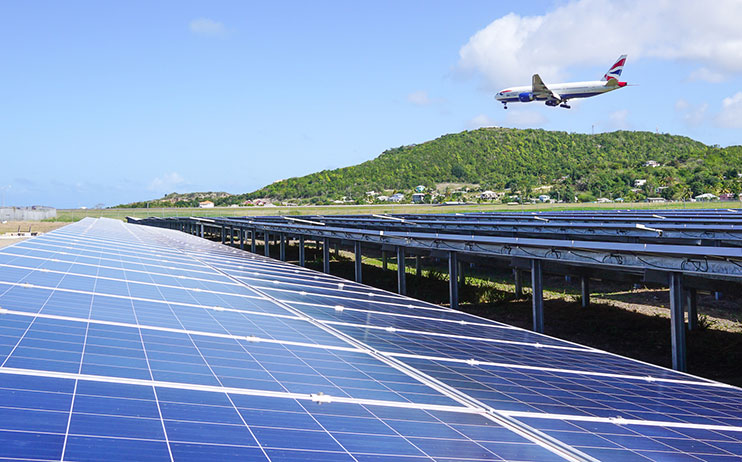
Finavia, the operator of Helsinki Airport, has decided to speed up its ambitious climate programme. The aim of the programme is to reduce the carbon dioxide emissions caused by the operations of all of the company’s 21 airports to zero by 2020. Through its airport network, Finavia is a key party to the commitment of European airport companies to have 100 carbon-neutral airports in Europe by 2030.
At Helsinki Airport, this goal will already be reached in 2017, when the largest airport solar power plant in the Nordic countries is opened at the airport, and when airport buses start using renewable fuels.
Renewable energy for airport terminals and buses
Now that the international climate policy has faced difficulties through the unexpected withdrawal of the United States, it is even more important that companies lead the way in reducing emissions. Finavia is committed to working hard to prevent our airports from increasing their carbon dioxide emissions in 2020. In addition to minimising our own emissions, this means that we are committed to reducing emissions in countries struggling with environmental problems, such as in India, through compensation mechanisms, says Kari Savolainen, CEO of Finavia.
At airports, carbon dioxide emissions are mainly caused by the energy consumption of buildings, lighting systems and vehicles. Helsinki Airport plays a central part in reducing Finavia’s emissions. Finavia is also determined to start reducing emissions at its other airports.
Finavia’s climate programme consists of a range of different actions. Its essential parts are the significant increase in the use of renewable forms of energy, the origin of power and heat, the improvement of energy efficiency in all activities and the compensation of emissions in the markets.
















